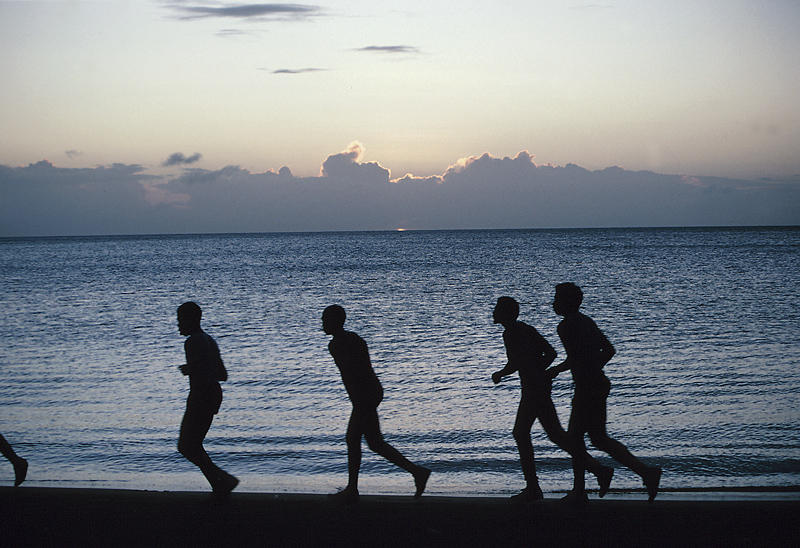
WEDNESDAY, Nov. 17 (HealthDay News) — The structure of the placenta influences the relatively long nine-month pregnancy in humans, researchers say.
In their study, the investigators found that babies grow twice as fast in the wombs of some mammals compared to others and that the difference in growth rate is due to the structure of the placenta and the way it connects the mother and baby.
The more intimate the connection between the mother and the fetus, the faster the baby grows and the shorter the pregnancy, said the researchers at Durham and Reading universities in England.
Human placentas do not form the complex web-like structure seen in animals such as dogs and leopards, which helps explain why humans have longer pregnancies, the study authors explained.
The researchers looked at 109 mammal species and found that the placenta in some species is “highly folded,” resulting in a larger surface area that increases the rate at which nutrients are passed from the mother to the baby.
“This study shows that it is not necessarily the contact with maternal blood which determines speed of growth, but the extent to which the tissues of mother and baby are ‘interlocked,’ or folded, with one another,” lead author Dr. Isabella Capellini said in a Durham University news release.
“In humans, the placenta has simple finger-like branches with a relatively limited connection between the mother’s tissues and those of the fetus, whereas in leopards, for example, it forms a complex web of interconnections that create a larger surface area for the exchange of nutrients,” she explained.
The study findings are published in the current issue of the journal American Naturalist.
More information
The U.S. National Library of Medicine outlines fetal development.

